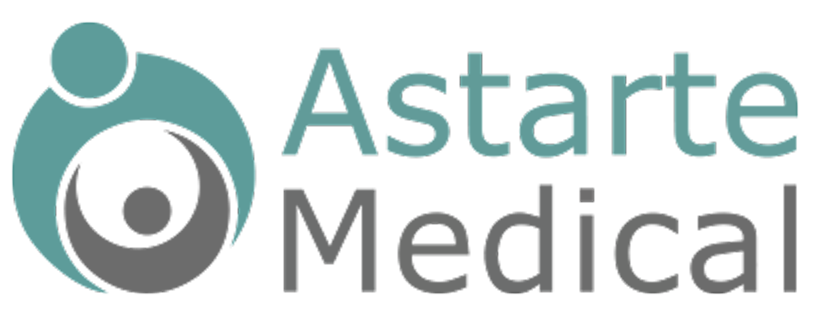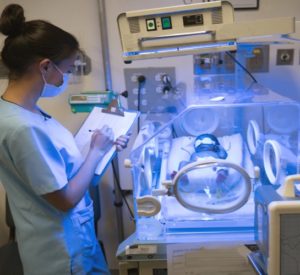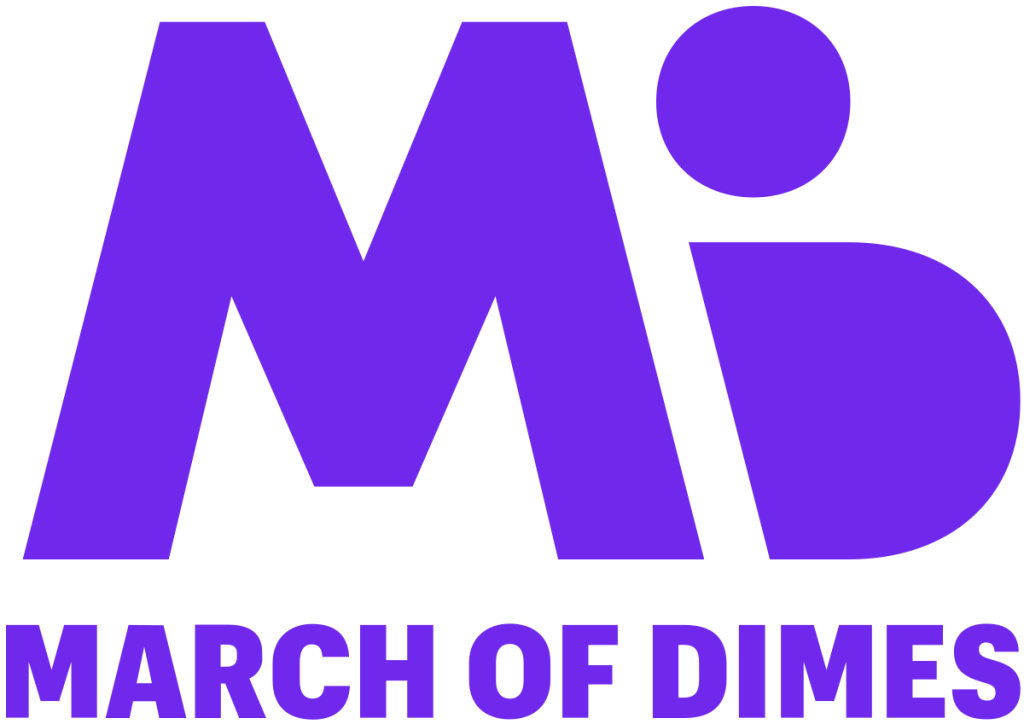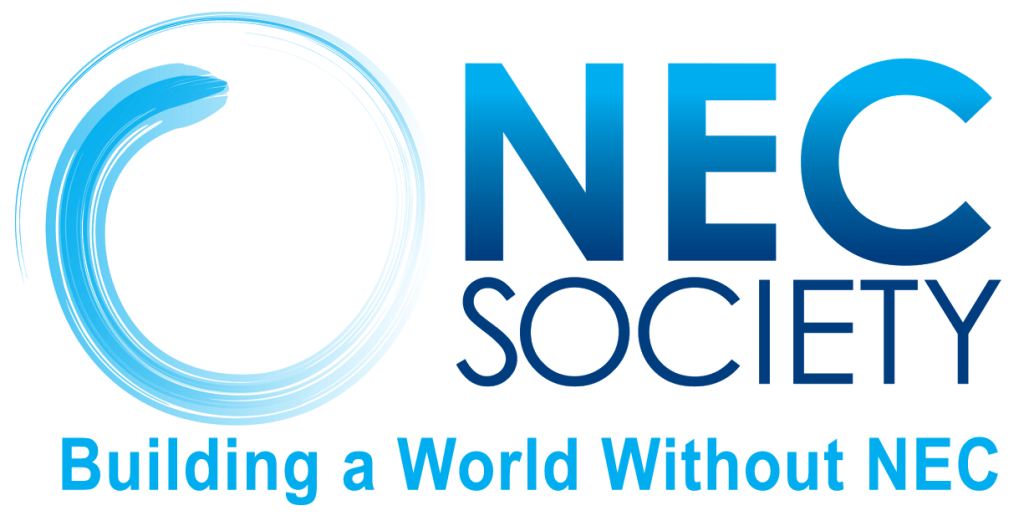By Ryan Orman, Senior Principal Engineer
In the last 10 years we have seen some remarkable and revolutionary technologies introduced. In the palm of our hand we now have devices that can perform incredible things like stream that episode of Game of Thrones you missed or give you an early warning when there is a traffic jam. And in healthcare you can now fill a prescription on your phone with the touch of a button. Which is particularly useful during these social distancing times we are living in.
But looking ahead there are many ways we can still improve and the NICU can really benefit from new technologies. In the next 10 years we are bound to see some revolutionary technologies introduced that will save both time and money in the NICU. Here are some predictions of how technology can move healthcare forward in the NICU.
1. Automatic Patient Weighing Devices
Premature infant weight is an important metric for tracking an infant’s progress in the NICU1 . And the more data that can be gathered for this metric, the better we can predict outcomes and treat any complications.
However, physically moving a fragile premature infant is risky. As the medical practitioner is required to move the fragile child to a weighing machine and move him/her back after the weight is captured. Which is why the action of weighing a premature infant must be handled with care.
But technology can help here. We could have a cradle device that automatically weighs the patient without any physical movement required. And capture the weight could be done multiple times per day. Its safer and lets practitioners focus on other important matters. Not to mention with more patient weight data, it will be easier to tweak feeding protocols which can help save lives. The technology itself does exist. It just does not yet exist in the NICU.
2. Real Time Video Cameras
When an infant is in the NICU, it is difficult for families to bond; especially in those trying times. Parents eventually do need to return to work while clinicians are occupied making sure their babies are growing optimally. Which is where a secure real time video camera can be useful.
Besides giving parents a real time video feed of their newborn, a real time video camera can also let caregivers keep track of the newborn’s status all hours of the day. Which is not easy when hospitals must support as many premature infants as possible. For example, Bronson Children’s Hospital notes2 that it has 600 admissions per year and provides 45 private rooms for premature infants.
This technology is not new as real-time video streaming technology has existed for quite a few years and is being used for telecommuting during the Covid-19 pandemic. But real time video cameras are not yet ubiquitous. However, we could absolutely see this in use across most hospitals within the next few years.
3. Wireless Flexible Sensors
Skin to skin human contact is important for infants especially those born prematurely. Studies3 have shown that skin to skin contact improves neurodevelopmental outcomes and is important for brain development. But with the numerous wired sensors clinicians need attached to the infant, skin to skin contact is not as easy as it should be.
Wireless flexible sensors are one way to solve this dilemma. With only a small patch on the skin, doctors can continue to monitor their patient’s vitals while allowing for all-important skin to skin contact that has shown to be so beneficial to infants. And this technology is not too far away either. A team at Northwestern University4 has already developed a pair of flexible sensors that has been shown to successfully provide clinical-grade measurements. Battery free and described with a skin-like consistency, these sensors can one day provide real time measurements to clinicians without all the wires.
4. Mother’s Breast Milk Analyzer
Breastfeeding is known as the gold standard. Mothers breast milk is recommended5 as one of the most beneficial foods that helps infants grow. Which is especially important for premature newborns. But understanding what is in mothers breast milk is not easy today. And if we want to compare a premature infant to its peers, then we should understand exactly what is in mothers breast milk.
But there are devices that exist that lets those qualified analyze exactly what is in breast milk6. However, these industrial grade manual machines are meant to be used in lab settings and require configuration, time, and training which is not ideal for the fast-paced world of NICU or children’s hospitals. With technologies such as robotics continuing to assist with healthcare challenges such as surgery7 , it makes sense to think that the technologies powering these robotic solutions could one day be applied to breast milk analyzers. And this could help doctors immediately understand exactly how much protein and natural fortifiers we are giving to preterm infants via mother’s breast milk.
And understanding exactly how much protein and fat we are giving to infants is important for charting their growth. Designed with an elegant and simple user experience, NICUtrition® allows clinicians to use existing protocols to quickly and easily record exactly how much fat and protein content they are giving to premature infants. Which is important for quickly outlining an infant’s growth during this critical stage of development.
5. Real-Time Patient Communication
Understanding how well a premature infant is doing is important not just to doctors and clinicians, but also to parents. With modern technology powering useful real-time applications like Reddit and Amazon, its time we take this technology to the NICU. Providing real time status updates to parents via modern Internet technologies would not only give parents peace of mind during this arduous time, but it could also free up valuable clinician time. Which would improve time management and allow hospitals to save as many patients as possible.
At Astarte Medical, one of our goals with NICUtrition® is to give clinicians the real time data and feedback they need so that babies are given the most optimal care possible in the NICU. Using the same modern technology powering the Internet’s most reliable websites, we aim to give clinicians the data they need using various graphs and charts. And this technology could potentially not only be used by clinicians, but it could also eventually give parents the insight for peace of mind. While today we are still building NICUtrition® primarily for clinicians, internally we are discussing the prospect of building a parent focused application. And I would absolutely expect to see this technology used in the coming years.
References
1 https://medlineplus.gov/ency/article/007302.htm
2 https://www.bronsonhealth.com/bronson-health-foundation/programs-and-campaigns/nicview-web-camera-for-nicu/
3 https://www.cell.com/current-biology/fulltext/S0960-9822(17)30204-X
4 https://science.sciencemag.org/content/363/6430/eaau0780
5 https://pediatrics.aappublications.org/content/129/3/e827
6 https://www.unityscientific.com/products/near-infrared-spectroscopy/nir-at-line-lab/spectrastar-2600-xt
7 https://www.globusmedical.com/musculoskeletal-solutions/excelsiusgps/





